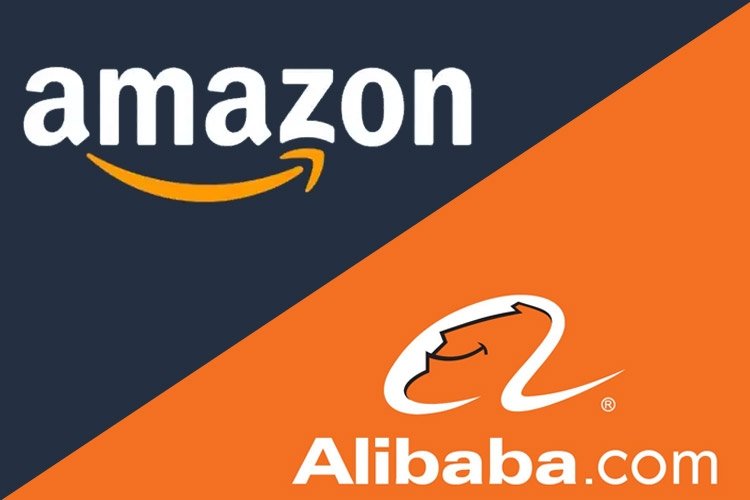Compare The Business Model Of Amazon And Alibaba Differences Between Amazon And Alibaba Business Models
E-Commerce Or E-Commerce Market Is Still Growing, As Most Consumers Prefer Convenience In Online Shopping.
Several Companies, Large And Small, Have Embraced The Advantage Of Using Physical Location And Complimentary Internet Showcases To Meet The Needs Of Consumers.
Some e-commerce giants, such as Amazon (AMZN) and Alibaba (BABA), have become market players simply because of their online presence.
While Amazon and Alibaba have distinctive features unique to e-commerce companies, their business models are also very different. Amazon is a large retailer of new and second-hand goods, acting as an intermediary between buyers and sellers.

Amazon Business Model
Amazon, often referred to as the world’s largest online retailer uses a multi-component business model. First of all, the company sells goods directly. A percentage of the products are offered to buyers through the Amazon online store window with a small surcharge, and inventory is maintained in the company’s large warehouse network.
Most customers visit the Amazon site, assuming the company’s products are cheaper and more readily available for purchase and shipping.
In addition to direct sales, Amazon provides a platform for other retailers to sell their products to buyers. Products sold by Amazon partner retailers are often less common or have a higher purchase price, allowing Amazon to avoid keeping inventories that could dilute profits. While Amazon does not charge a fee to its retailers for listing items, the company does charge a portion of the sale price as a commission.
Amazon also has a “membership or subscription” business model through its Amazon Prime service, as well as a small electronics product line.
Customers with a Prime account pay an annual fee to enjoy free two-day or one-day shipping of selectable items as well as access to streaming media such as movies and digital music. Amazon also makes money from selling its Kindle e-reader and e-books and buying mobile apps offered to Kindle owners.

Alibaba business model
Like Amazon is known to most American consumers as an e-commerce giant, Alibaba also dominates China’s e-commerce market. Although the company operates with a unique mix of business models, Alibaba’s core business is similar to eBay.
Alibaba acts as an intermediary between online buyers and sellers and facilitates goods between the two parties through its extensive websites.
Launched in 2003, the Taobao website is China’s largest online and mobile store, operating as a free marketplace where sellers and buyers pay no transaction fees.
Instead, Taobao sellers pay a fee to rank higher in the site’s internal search engine, generating advertising revenue for Alibaba, which is actually similar to Google’s core business model.
Although most of the active sellers on the Taobao website are smaller merchants, Alibaba also includes dedicated space for larger retailers.
Tmall is an e-commerce site run by Alibaba that provides and supports well-known brands such as Gap, Nike, and Apple. Although the number of active sellers on the Tmall site is small, Alibaba can make money from deposits, annual user fees, and sales commissions received from retailers.
In addition to its e-commerce sites, Alibaba has emerged as a competitor in China’s financial system. To address customer concerns about the security and credibility of online transactions, Alibaba created Alipay. Supports buyers.
In addition to its PayPal platform, Alipay, Alibaba earns money from its new business arm, micro-lending to individual borrowers.











